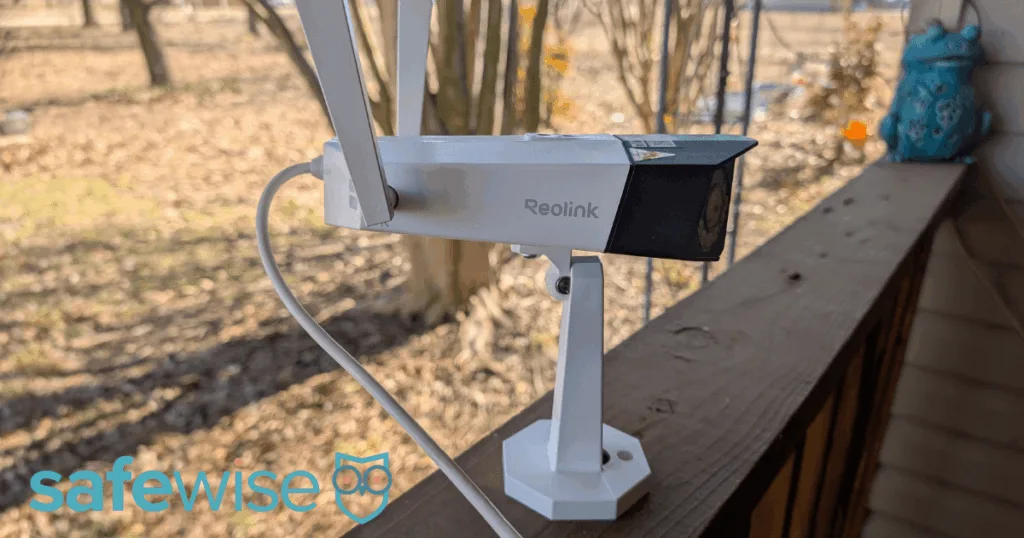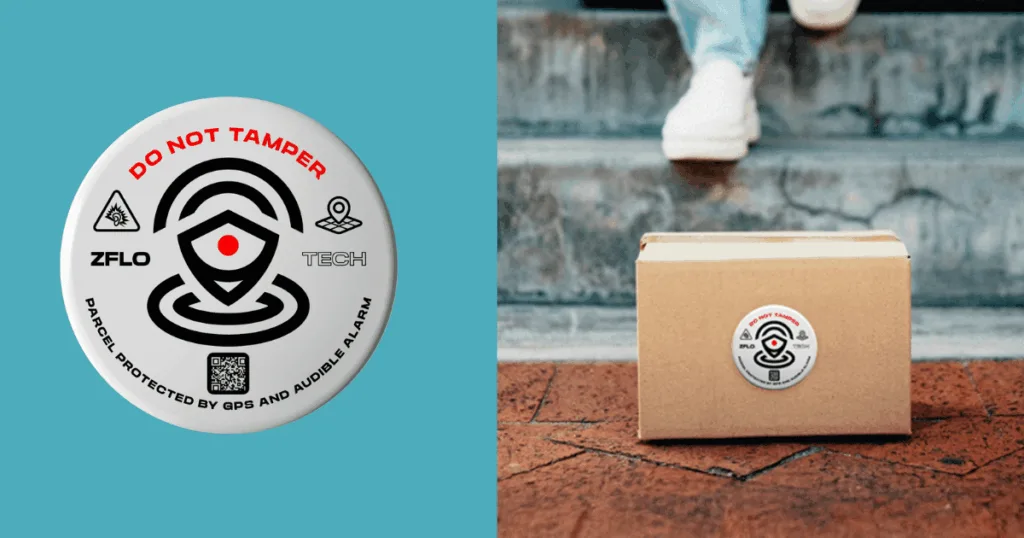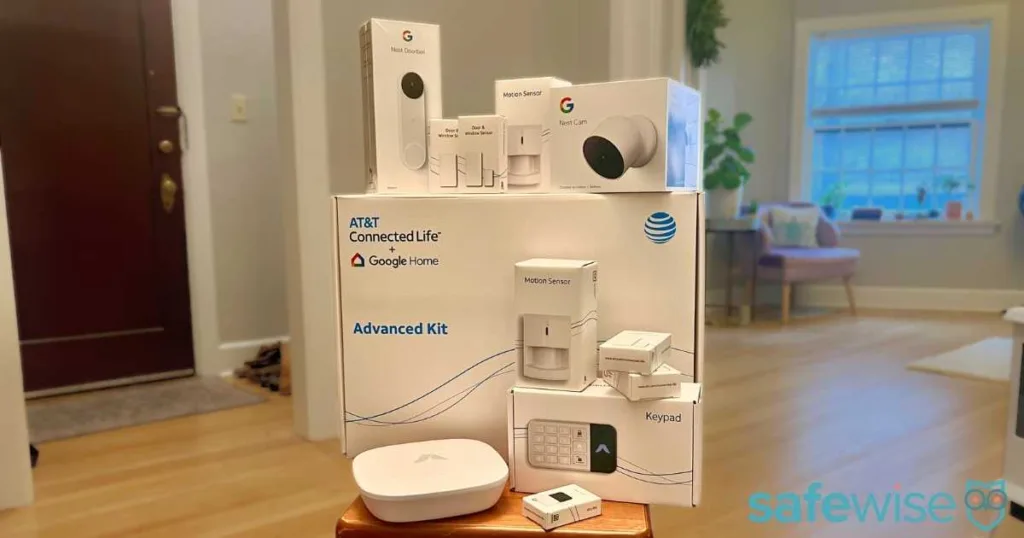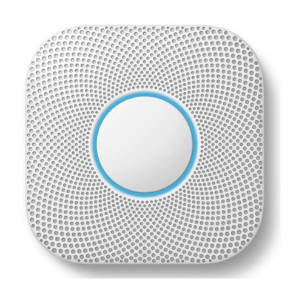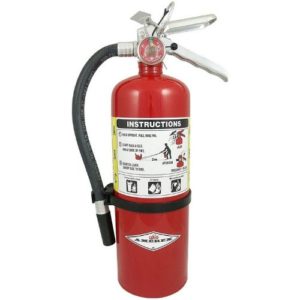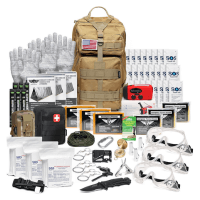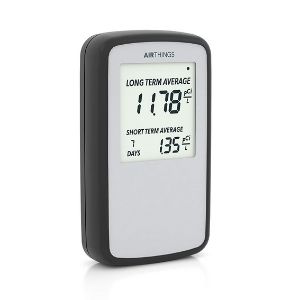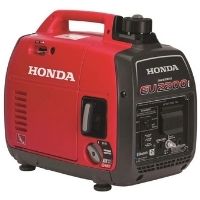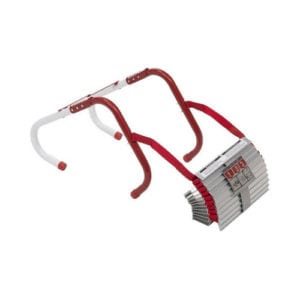Learning what electrical hazards to look for is one of the best ways to help prevent an electrical accident from happening in your home, like a house fire or a nasty shock. Below are some of the most common electrical hazards found in homes and how to remove these risks.
What Are Common Electrical Hazards and How Do I Fix Them?
For over 12 years, SafeWise has conducted independent research, hands-on testing, and expert consultations to provide trustworthy, human-written home safety advice. Read our methodology.
Video: What are common electrical hazards?
Subscribe to our YouTube channel for more videos like this one! Learn how to protect your home, your loved ones, yourself and your belongings.
Outdated or poor wiring
The National Fire Prevention Association reports that faulty wiring is the second-leading cause of electrical residential fires, resulting in 13% of all residential structural fires and an average of 390 deaths each year.
To minimize these risks, have a certified electrician check your home’s wiring every few years so you know if any need to be repaired or replaced. If the wiring in your home is 30 years or older, have it inspected annually.
Call an electrician immediately if the lights in your home dim or flicker without explanation, breakers repeatedly trip, or outlets feel warm or spark. These are signs you may need to repair the wiring in your house.
Leaving appliances plugged-in near water sources
If a plugged-in appliance gets wet, don’t unplug it. Go to the electrical panel box in your home and turn off the power source to the outlet the appliance is plugged into. Then you can unplug the appliance and have a qualified repair person evaluate its safety.
First off, always unplug appliances when they aren’t in use to help reduce risks of shock. Installing Ground Fault Circuit Interrupter (GFCI) protected outlets is an effective way to minimize the risk of electric shock or electrocution. GFCIs will immediately cut off power if it detects someone receives a shock, helping prevent serious injury. If the outlets located near water sources in your home aren’t GFCIs, consider hiring an electrician to install them or have GFCI breaker switches added to your home’s main breaker panel.
Wrong wattage light bulbs
Using a light bulb with a higher wattage than the lamp can safely accommodate may overload the lamp’s wiring, which can cause a fire. Take steps to help avoid this household safety hazard by using a light bulb with wattage that’s less than or equal to the maximum wattage printed on the lamp’s socket. If you need a stronger light, purchase a lamp that uses a higher wattage bulb.
Overloaded power strips and outlets
Power strips and outlets are designed to handle a certain amount of electricity. Plugging several high voltage devices into a power strip can overload the strip or the outlet, and possibly cause an electrical fire. Another dangerous practice is plugging adapters into the power strip to increase the number of devices it can accommodate. Plugging two or more power strips together can also result in overload.
If you use power strips in your home, choose models that include a circuit breaker. If the power strip becomes too hot or overloaded, the breaker will trip, minimizing the risk of a fire. Only use power strips with the Underwriters Laboratories (UL) seal and periodically check the power strip for degradation or damage.
Unprotected electrical outlets
Young children tend to be curious about electrical outlets, which can present a serious danger. If they put their finger or an object into the outlet they can be burned, shocked, or electrocuted. Protect young children from these risks by using plastic closures to cover any outlet they can reach. For a more permanent solution, install child safety wall plates. These plates feature built-in outlet covers that automatically snap into place when the outlet is not in use.
See our babyproofing guide for product recommendations.
Improper use of extension cords
Extension cords can come in handy, but they are often used improperly, which can result in a hazardous situation. To help prevent this situation, buy UL rated extension cords and match the cord to its use. For example, if you’re using the extension cord outside, buy one designed to withstand the elements.
Don’t overload the cord by plugging in multiple heavy-duty appliances and avoid running the extension cord under a rug or other surface. Make sure the cord is in good condition before you use it, as these cords don’t last forever. If you find you’re constantly using an extension cord to provide power to a specific area of your home, install additional electrical outlets instead.
Operating an unsafe appliance
Whether it’s a toaster that smokes or a clothes dryer that constantly trips a circuit breaker, malfunctioning appliances are unsafe. To avoid an electrical fire, shock, burn, or other injury, don’t use faulty appliances.
If an appliance starts to malfunction while in use, go to the main electrical panel in your home and cut off the power to where the appliance is plugged in. Unplug the appliance and either recycle it or get it professionally repaired. Be cautious of buying used appliances, as you can’t be sure of their safety, and never use an appliance that was recalled. The U.S. Consumer Product Safety Commission maintains a searchable database of all recalled appliances.
Compare top home safety products
Amazon.com price as of post date. Offers and availability may vary by location and are subject to change. Read full disclaimer.
Google and Google Nest Secure are trademarks of Google LLC.
Recent Articles
